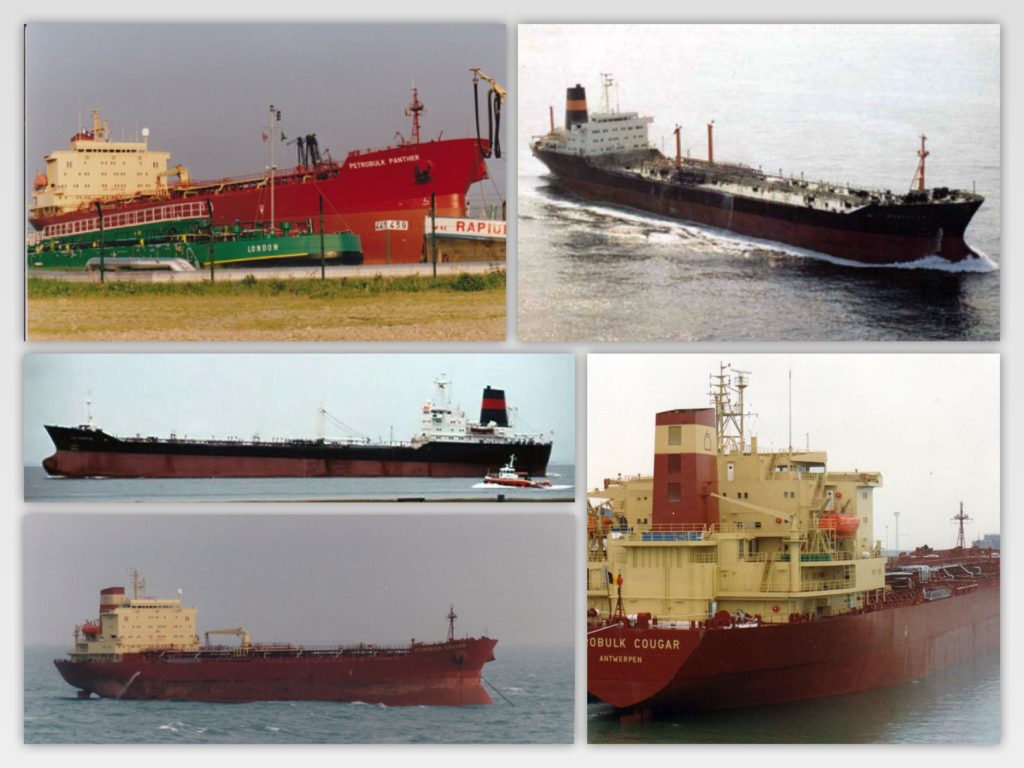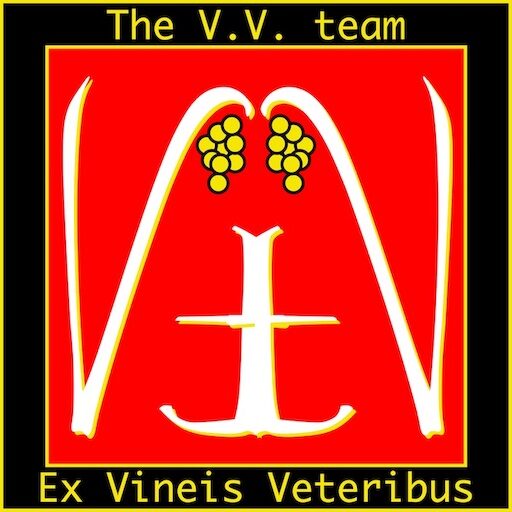1962-1982: The training days
1982-1991: Around the world on a can of oil
1991-1997: Smaller ships, harder work
1997-2001: The teaching days
Around the world on a can of oil
I joined M/T “Maaskade” in December 1982. Sailing on tankers was not a deliberate choice. Straight out of school, we just applied to all Begian shipowners, Belgium had a very large fleet in those days. Awaiting the first call was some kind of lottery that would determine the next 13 years of my career.
“Nedlloyd Bulk Belgie” had four identical tramp tankers. I was told that they spent most of the time in tropical waters, so I packed accordingly. Naturally, I embarked in mid-winter in Tokyo bay, and our first voyage was to load in Nakhodka, Siberia, where we spent new year freezing on the deck doing manual soundings and handling manual valves.
During the next nine years, I have sailed five oceans and as many seas, touched many countries on five continents. It will shock the new breed of officers to learn that I have been a midshipman for nearly two years, then a fourth mate for two contracts, before taking my first watch as OOW. In the meantime, Nedlloyd was liquidated, but a new fleet of four tankers was created under the flag of Petrobulk. Many of us just transferred and kept on sailing tankers. In those days, Chennai was still called Madras. We carried jet fuel to the “baddies” in that first Gulf war between Iran and Irak, you know, the one in which the occident armed the Irakis to prepare for the two next ones.

“The next nine” years is actually not true. After three years, I returned to school to pass my “masters” and complete the studies. Sadly, in the meantime, the Belgian flag had disappeared and the fleet had shrunk to a mere thirty vessels. I got myself a sabbatical and started a master in applied economics. One year later, I was back on a ship and cut the master short to Bachelor level as free student the year after. That is also when I took up Japanese, but never much further than reading basic characters.
I was privileged to see China in 1983, 84, 87 and again in 1991. The country, and particularly small towns like Dairen (Dalian), literally went from the middle ages into the 21stcentury in hardly a decade. I was shocked arriving in the USA for the first time. I thought to land in a modern country with top level infrastructure, the like of what I had seen in Japan and Singapore. We berthed our 32000 ton ship on a rickety wooden New Jersey pier, with a small diesel crane handling loose Dunlop hoses instead of the usual “Chicksan” loading arms.
There were enough crew on board to cover the watches in port safely. That allowed us to go ashore and visit a bit deeper in places like Mexico, Venezuela, Pakistan and Bangladesh. Singapore was like our home port and we knew each and every pub. There were only 2 million inhabitants then (over 6 now). Coming out of New Zealand, we had a perfect storm in the Tasman Straight; that didn’t prevent us from completing tank cleaning before visiting the Kangaroos in Whyalla.
All that time, I had been moving up the ranks, so that when I transferred to smaller vessels in 1991, I had been a chief officer for over four years. I was highly specialized in the carriage of all oil cargoes as well as “easy” chemicals, or so I thought. Chemicals were coming back with a vengeance on the North Sea trade, but that is another story.
So what would the take-aways from those years be? Curiosity and a greater understanding of different cultures. After all, the old and new world, South East Asia and Africa, China and Japan, and Oceania, they all have very nice aspects, and also different ways to communicate. If nothing else, I’d take the experience of the way people speak in each of those regions, that allows me to grasp how they pronounce and structure phrases in English.
